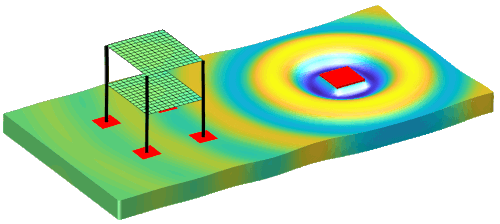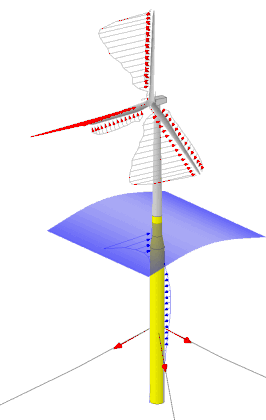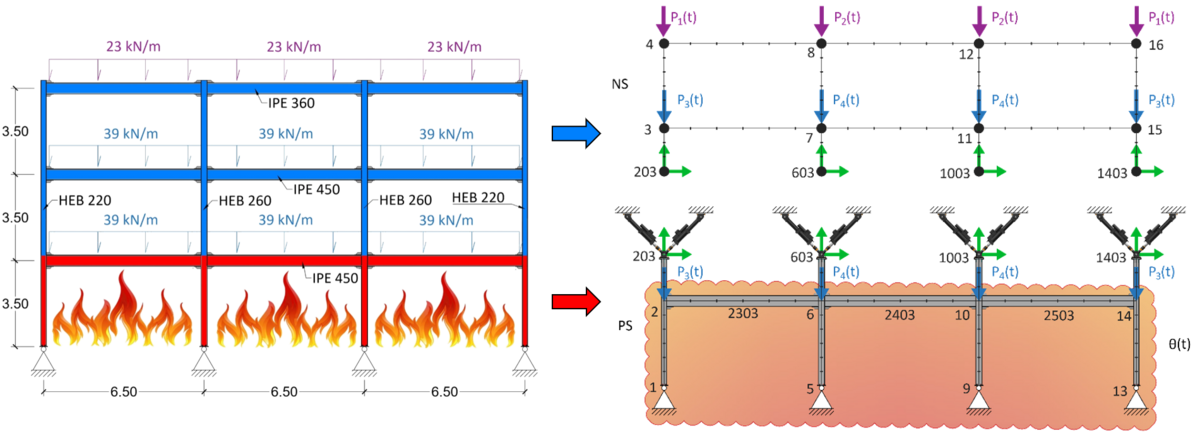The Computational Methods Group has a track record of research in a variety of fields. Common to all research topics, the group aims to advance the use of numerical, analytical, experimental and hybrid methods for analysis and solution of problems in civil and structural engineering.
The group performs research in the international forefront related to modelling dynamic soil–structure interaction, ground vibration and building acoustics. Applications include railways, bridges, tunnels, piles, heavy and lightweight buildings and floor structures as well as mitigation of waves by trenches, barriers and various other means. The group has competencies in development and use of the finite-element method (FEM) and boundary-element method (BEM) as well as various (semi) analytical techniques.

The group develops numerically efficient implementations of constitutive models for use in commercial FEM programs as well as in-house software. The ambition is to provide computer implementations that are fast and robust, allowing analysis of complex boundary-value problems. Further, stochastic analysis of geotechnical problems is performed related to, for example, foundations for offshore structures.
The research focus is to quantify the stochastic dynamic load effects caused by strong winds and sea waves on renewable energy structures (wind turbines and wave energy convertors), and to develop innovative strategies to mitigate and control their effects. Knowledge of structural dynamics, multi-body dynamics, aerodynamics, hydrodynamics and control theory are integrated in order to obtain deeper understanding of these complex coupled systems and the innovative solutions. The developed mathematical and computational models will also facilitate the engineering design and analysis of offshore renewables.

Hybrid simulation (a.k.a. cyber-physical co-simulation, hardware-in-the-loop testing or hybrid testing) combines numerical and physical subsystems interacting with each other in a real-time control loop to mimic the response of a system prototype subjected to a realistic excitation. A state-of-the-art model simulates the numerical subsystem while the physical subsystem is tested by means of servo-controlled actuators. As a result, the physical subsystem response is reproduced as it was part of the -full- prototype system. Our research aims to extend such simulation paradigm to multi-physics and stochastic systems.

The group performs research in the development of novel computational methods in uncertainty quantification, risk analysis and structural reliability, computational stochastic mechanics, probabilistic analysis of structures, artificial intelligence and machine learning, risk-informed decision support of structures, sustainability and resilience of smart buildings and infrastructural systems. Our research aims to develop tools and algorithms of risk-based Artificial Intelligence applied to the smart city and targeted to the sustainable development of the urban communities.